It’s no easy task to decide whether it’s time to upgrade your phone. That’s especially true if you’re eyeballing a phone as expensive as the Samsung Galaxy S23 Ultra, which starts at $1,200 without a discount.
The answer largely depends on which phone you own, the age and condition of it and your budget. There’s no single approach that applies to everyone, but taking these factors into account can help you with the decision. If your phone is too old to receive new Android platform upgrades, that’s also a good sign that you should consider upgrading. (But before you do, see if you can save some money through a trade-in deal.)
Galaxy S23 Ultra vs. Galaxy S22 Ultra
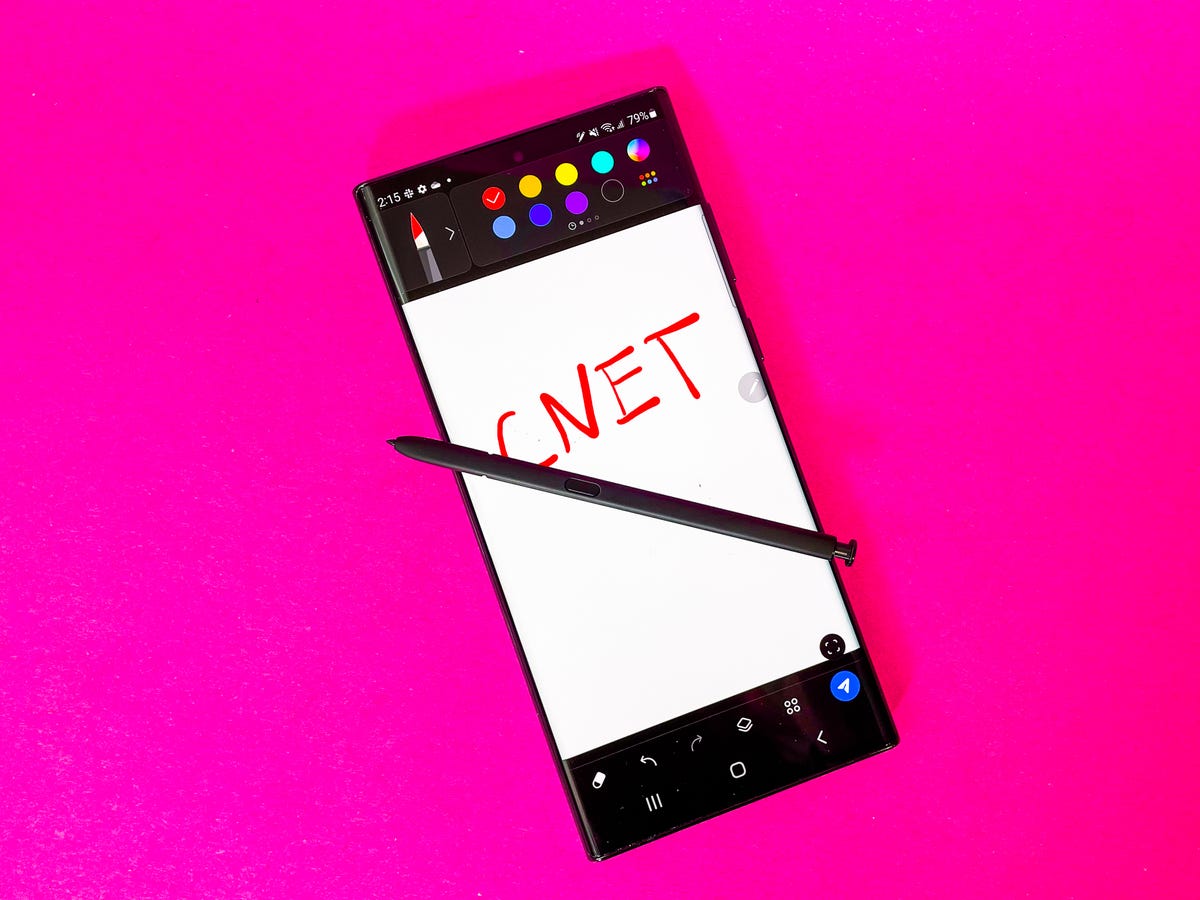
It’s worth holding onto your Galaxy S22 Ultra for a while longer before upgrading.
With the Galaxy S23 Ultra, Samsung improved the areas that its Ultra phones are known for: camera quality and performance. The Galaxy S23 Ultra is Samsung’s first phone capable of shooting photos at a 200-megapixel resolution. The entire Galaxy S23 lineup also runs on a new processor that’s been specifically optimized for Samsung’s Galaxy devices.
However, in my testing, Samsung’s behind-the-scenes improvements to the way the camera captures color and dynamic range felt more impactful than the higher resolution. The base level Galaxy S23 Ultra also has twice as much storage compared with the Galaxy S22 Ultra, which could be helpful for storing all those photos.
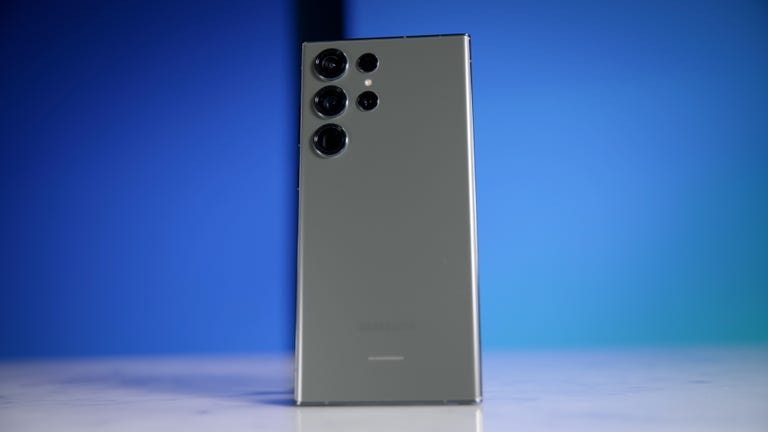
Watch this: Samsung Galaxy S23 Ultra Review: High Quality Camera For A High Price
11:21
That said, it’s worth holding onto your Galaxy S22 Ultra for a while longer before upgrading. Though the Galaxy S23 Ultra’s improvements are appreciated, they’ll be much more noticeable when upgrading from a phone that’s several years old.
The Galaxy S23 Ultra and S22 Ultra still have plenty in common. Both phones have a large 6.8-inch screen, an included S Pen stylus, better low light photography compared with previous generations, a multi-lens camera system that can zoom up to 100x digitally and a 5,000 mAh battery. You’ll get the same overall experience on both phones, but with refinements to camera quality and processing power on the Galaxy S23 Ultra.
Samsung also provides newer phones with four generations of Android updates and five years of security updates, meaning the Galaxy S22 Ultra will feel relevant for the next few years.
The bottom line: If you have the Galaxy S22 Ultra, don’t upgrade just yet. There’s still plenty of life left in that phone.
Galaxy S23 Ultra vs. Galaxy S21 Ultra
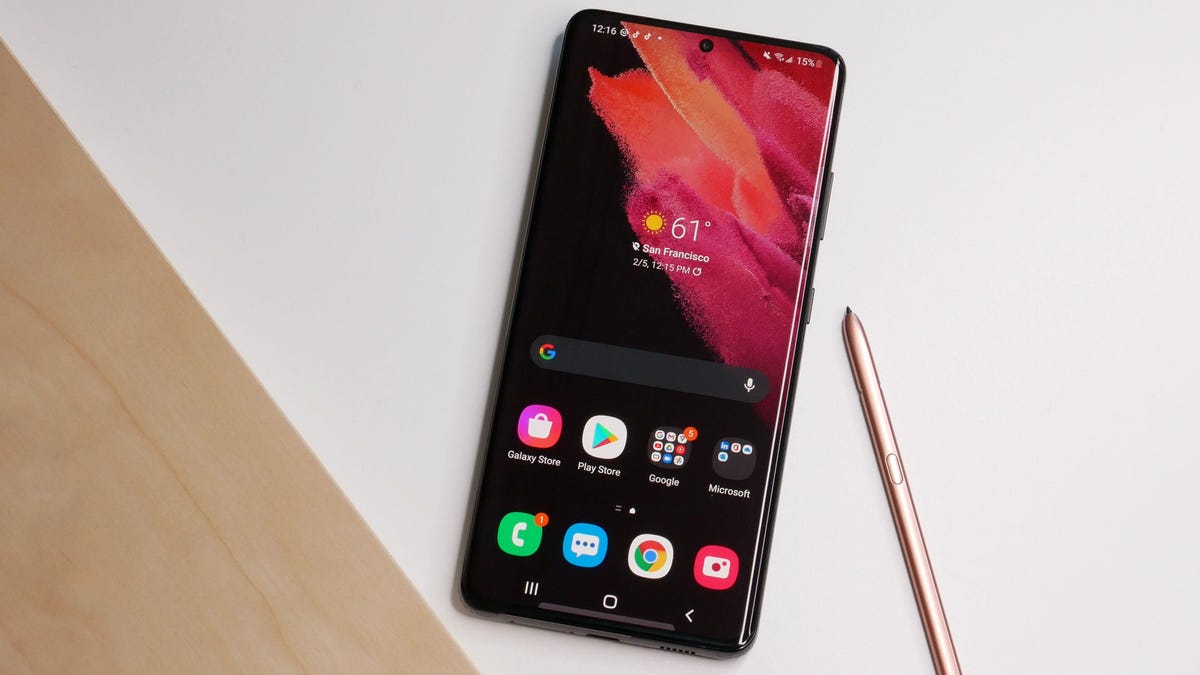
Hold onto your S21 Ultra as long as possible to justify the money you spent on it in the first place.
The Galaxy S21 Ultra and S22 Ultra share many similarities, with the major differences being the S22 Ultra’s included S Pen, newer processor and improved low light photography performance. Because of this, the same advice holds true: If your Galaxy S21 Ultra is in good shape, don’t upgrade yet.
Photography is likely a big priority if you’re interested in the Ultra lineup. The Galaxy S23 Ultra brings a few improvements in this regard, such as the new 200-megapixel sensor, better dynamic range and improved low light performance.
But these changes aren’t significant enough to justify springing for a new device just yet, unless you can basically get it for free through a trade-in deal. Even then, I’d encourage you to hold onto your S21 Ultra for as long as possible to justify the money you spent on it in the first place.
The Galaxy S23 Ultra’s 200-megapixel camera is only truly noticeable when you zoom in at the pixel level, or if you intend to print large copies of your photos. And if you really want the S Pen, you can always buy it separately instead of upgrading your entire phone.
Since Samsung supports four generations of Android software updates on the Galaxy S21 lineup, you’ll also continue to get new versions of Android through Android 15.
The bottom line: If your Galaxy S21 Ultra is in good shape, hold onto it for a little while longer. You’ll still get a main camera sensor with a higher resolution than most phones, as well as the ability to zoom up to 100x digitally. You’ll miss some of Samsung’s newer improvements to low light photography and dynamic range, but the Galaxy S21 Ultra still has a very capable camera.
Galaxy S23 Ultra vs. Galaxy S20 Ultra
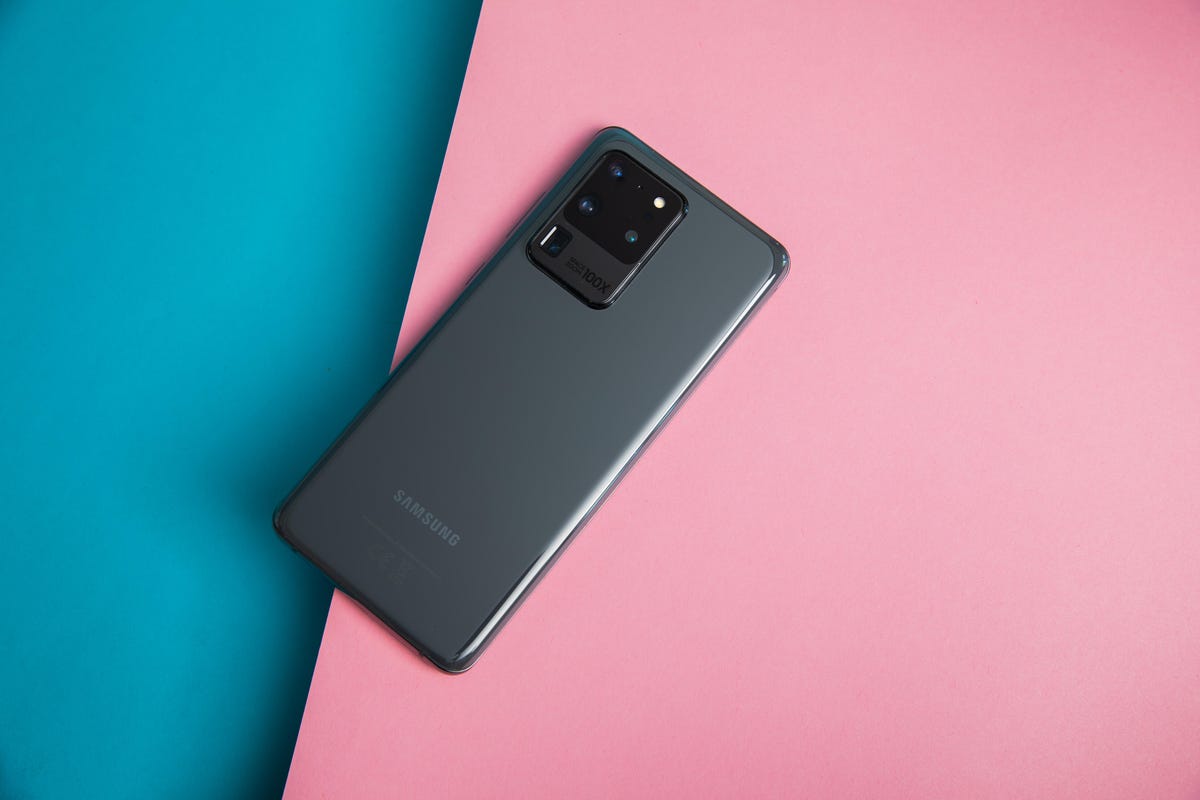
Upgrade from the Galaxy S20 Ultra? It depends.
The Galaxy S20 Ultra falls into that gray area where it could be worth upgrading, but it depends on the condition of your device. If you purchased the Galaxy S20 Ultra at launch, your phone is now more than 3 years old. That means performance and battery life might be starting to degrade.
Upgrades to the Galaxy S23 Ultra’s cameras, battery life and power are likely noticeable to justify an upgrade, but you’re also fine to hang onto your Galaxy S20 Ultra for another year if you’re happy with it. Just remember that the Galaxy S20 Ultra is only eligible for three generations of Android platform updates, meaning it’s reaching the end of its run since it launched with Android 10. (That said, the phone still receives monthly security updates).
Both the Galaxy S20 Ultra and S23 Ultra have dedicated lenses for shooting wide, ultrawide and zoomed-in photos. But there are some notable differences when it comes to the specifications of those cameras. As previously mentioned, the Galaxy S23 Ultra can shoot photos at up to a 200-megapixel resolution, while the Galaxy S20 Ultra shoots up to a 108-megapixel resolution — like the Galaxy S21 Ultra and S22 Ultra.
But there are some changes when it comes to the telephoto lenses, too. The Galaxy S23 Ultra has two 10-megapixel telephoto cameras compared with the Galaxy S20 Ultra’s 48-megapixel telephoto lens. Since having two zoom lenses means the S23 Ultra doesn’t have to crop as much to achieve a zoom, you should see crisper results when zooming at 3x and 10x.
Samsung has also improved optical image stabilization over the years, meaning the S23 Ultra should be better at taking steady shots while zooming. Back in 2020, some users also reported issues with the Galaxy S20 Ultra’s autofocusing, though Samsung later released a software fix. Still, it’s safe to say you can expect a camera upgrade if you switch to the S23 Ultra.
Otherwise, you’ll be getting many routine upgrades with the S23 Ultra, such as a faster new processor, a refreshed design that more closely resembles the Galaxy Note and the included S Pen stylus. Newer Samsung phones like the S23 Ultra also have ultra wideband support, which should make it easier to share files with other Samsung phones and use your phone as a digital car key.
But it’s worth remembering that you’ll be giving up the S20 Ultra’s micro SD card slot if you upgrade, meaning you can’t add more storage. You’ll also lose the ability to use Samsung Pay on older payment terminals that don’t support tapping to pay.
The bottom line: If you have a Galaxy S20 Ultra, the changes in the Galaxy S23 are noticeable enough to justify an upgrade. But the Galaxy S20 Ultra is also recent enough to make it worth holding onto for now if you’re still happy with it.
Galaxy S23 Ultra vs. Galaxy S10 5G
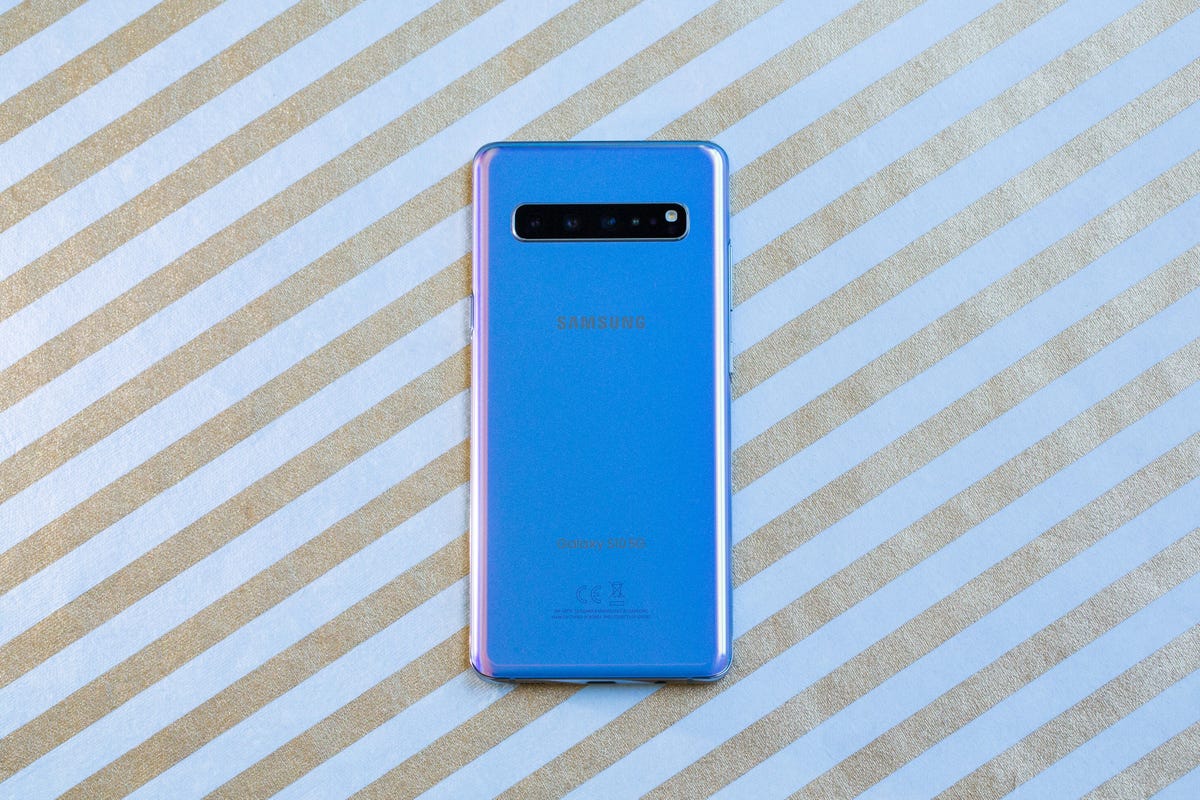
Samsung’s Galaxy S10 5G is now about 4 years old.
The Galaxy S10 5G was Samsung’s top-of-the-line phone from 2019, meaning it’s now roughly 4 years old. And in those four years, Samsung has made many improvements that certainly justify an upgrade. Given the Galaxy S10 5G’s age, it also no longer receives Android platform updates since Samsung guaranteed only three generations of updates.
As is typical for Samsung’s high-end phones, one of the biggest benefits you’ll get from upgrading is cameras. In addition to the major gains in resolution, low light performance, stabilization and dynamic range, you’ll also get a much closer zoom on the Galaxy S23 Ultra. The Galaxy S10 5G supports only a 2x optical zoom and 10x digital zoom, which is a far cry from the Galaxy S23 Ultra’s 10x optical zoom and 100x digital zoom.
Camera aside, you’ll get a significantly newer processor that should result in faster performance and better power efficiency, a bigger battery, the S Pen and a slightly larger screen. All told, there’s plenty to be gained from upgrading — just about everything will feel new.
The bottom line: Yes, you should upgrade if you have a Galaxy S10 5G. Everything from the software to the cameras and performance will get a big boost.
Overall, it’s worth upgrading to the Galaxy S23 Ultra if you have a Samsung phone that’s at least 3 years old. Take a look at the table below to get a closer look at how the Galaxy S23 Ultra compares with its predecessors.
Galaxy S23 specs. vs. older Samsung phones
| Galaxy S23 Ultra | Galaxy S22 Ultra | Galaxy S21 Ultra | Galaxy S20 Ultra | Galaxy S10 5G | |
| Display size, resolution | 6.8-inch AMOLED; 3,088×1,440 pixels; 120Hz adaptive refresh rate | 6.8″ AMOLED; 1,440×3,088 pixels | 6.8″ AMOLED; 3,200×1,440 pixels | 6.9″ AMOLED; 3,200×1,440 pixels | 6.7″ AMOLED; 3,040×1,440 pixels |
| Pixel density | 500 pixels per inch | 500 pixels per inch | 515 pixels per inch | 511 pixels per inch | 505 pixels per inch |
| Dimensions (millimeters) | 78×163.3×8.9mm | 77.9×163.3×8.9mm | 75.6×165.1×8.9mm | 76×166.9×8.8mm | 162.6×77.1×7.94mm |
| Weight (ounces, grams) | 8.25 oz; 234 g | 8.07 oz; 229 g | 8.07 oz; 229 g | 7.76 oz; 220 g | 6.98 oz; 198 g |
| Mobile software (shipped at launch) | Android 13 | Android 12 | Android 11 | Android 10 | Android 9 |
| Camera | 200-megapixel (wide), 12-megapixel (ultrawide) 10-megapixel (telephoto) 10-megapixel (telephoto) | 108-megapixel (wide), 12-megapixel (ultrawide) 10-megapixel (3x telephoto) 10-megapixel (10x telephoto) | 108-megapixel (wide), 12-megapixel (ultrawide), 10-megapixel (3x telephoto), 10-megapixel (10x telephoto) | 108-megapixel (wide-angle), 48-megapixel (telephoto), 12-megapixel (ultrawide), time-of-flight camera | 12-megapixel (wide-angle), 16-megapixel (ultrawide), 12-megapixel (telephoto), 3D depth (HQVGA) |
| Front-facing camera | 12-megapixel | 40-megapixel | 40-megapixel | 40-megapixel | 10-megapixel, 3D depth (HQVGA) |
| Video capture | 8K | 8K, 4K | 8K, 4K | 8K, 4K | 4K |
| Processor | Qualcomm Snapdragon 8 Gen 2 for Galaxy | Snapdragon 8 Gen 1 | Qualcomm Snapdragon 888 | Qualcomm Snapdragon 865 5G | Qualcomm Snapdragon 855 |
| RAM/storage | 8GB + 256GB; 12GB + 256GB; 12GB + 512GB; 12GB + 1TB | 8GB + 128GB ; 12GB + 256GB; 12GB+512GB; 12GB+ 1TB | 16GB + 512GB; 12GB + 256GB; 12GB + 128GB | 12GB + 128GB; 12GB + 256GB; 16GB + 512GB | 8GB + 256GB; 8GB + 512GB |
| Expandable storage | None | None | None | Up to 1TB | None |
| Battery | 5,000 mAh | 5,000 mAh | 5,000 mAh | 5,000 mAh | 4,500 mAh |
| Fingerprint sensor | In-display | In-display | In-display | In-display | In-display |
| Connector | USB-C | USB-C | USB-C | USB-C | USB-C |
| Headphone jack | None | No | No | No | Yes |
| Special features | 5G (mmw/Sub6), IP68 rating, wireless PowerShare to charge other devices, integrated S Pen, 100x Space Zoom, 10x Optical Zoom, UWB for finding other devices | 5G (mmw/Sub6), bundled S Pen, IP68 rating, 120Hz display, UWB, Wireless Power Share, 100x Space Zoom (digital), 10x optical zoom, 45W charging support (sold separately) | 5G (mmw/Sub6), S Pen support (not included), IP68 rating, 120Hz display, UWB, Wireless Power Share, 100x Space Zoom (digital), 10x optical zoom | 5G (mmw/Sub6); 120Hz refresh rate; 100X zoom (digital); Wireless PowerShare; IP68 rating | 5G (mmw/Sub6); Wireless PowerShare; 3D depth cameras (not for face unlock); IP68 rating |


